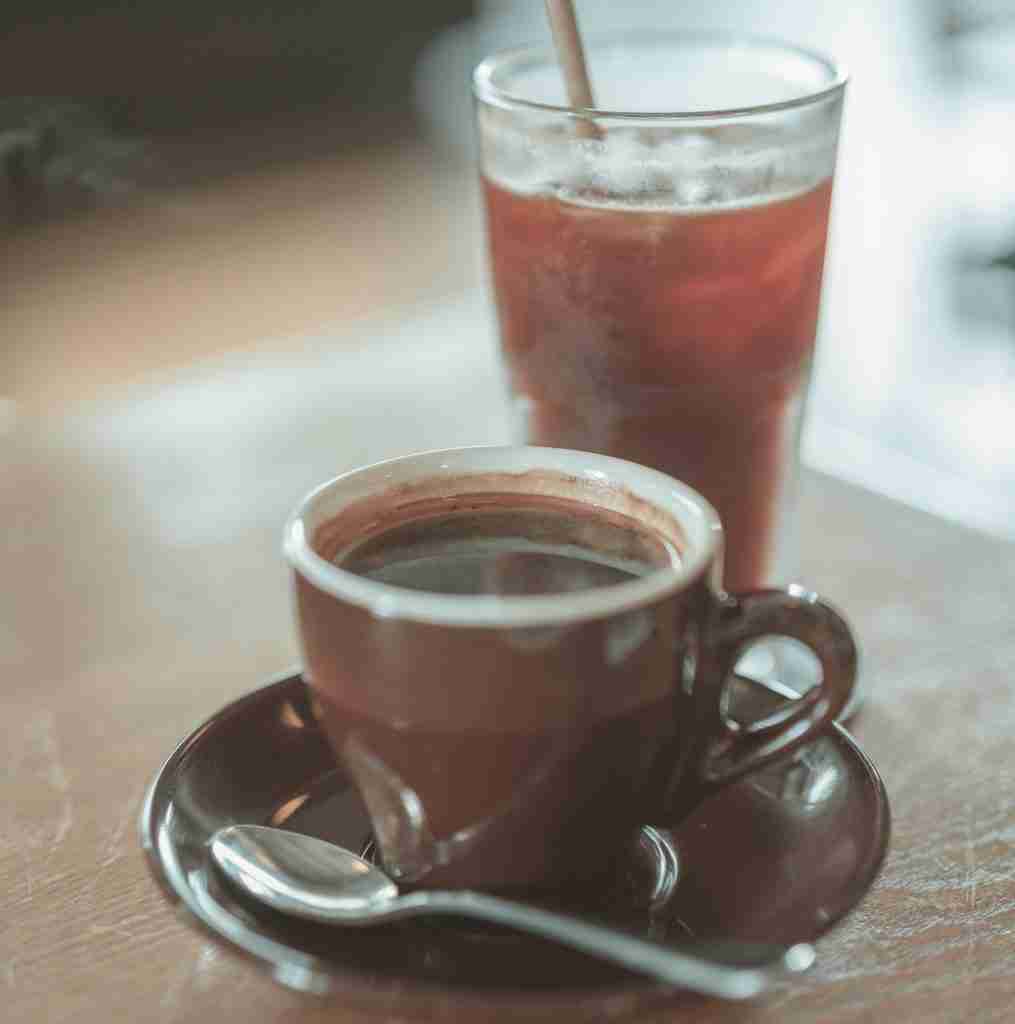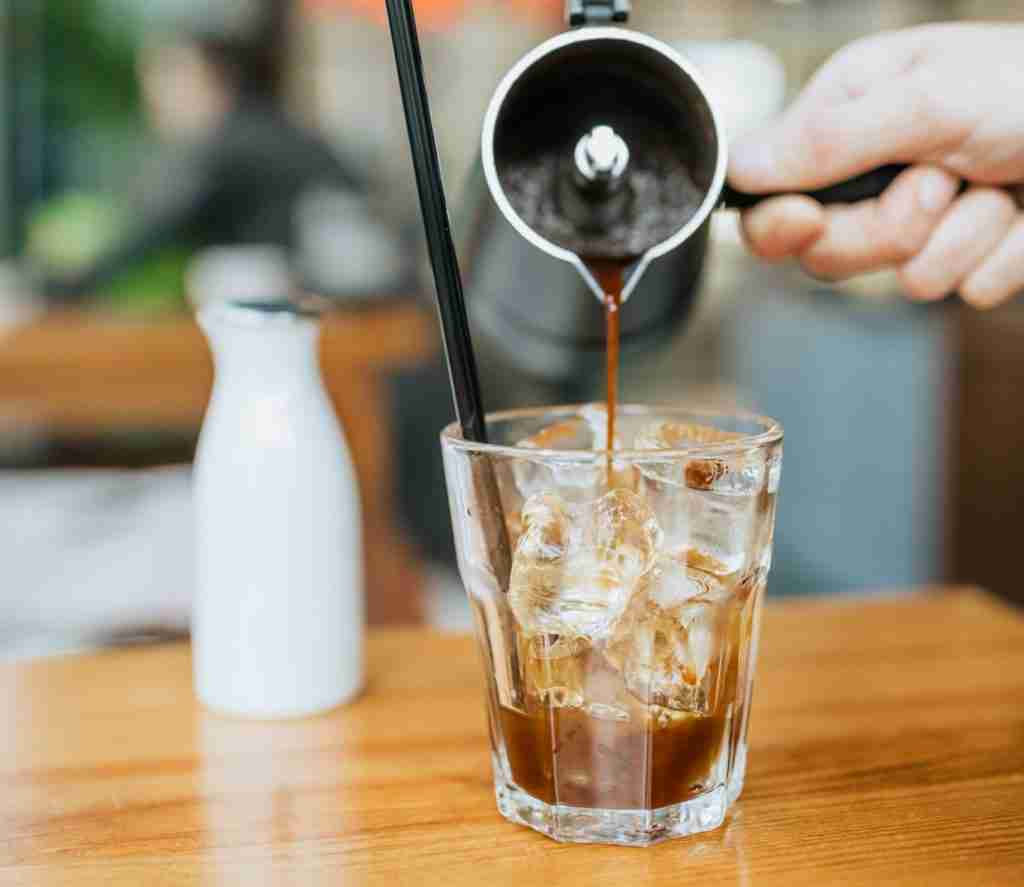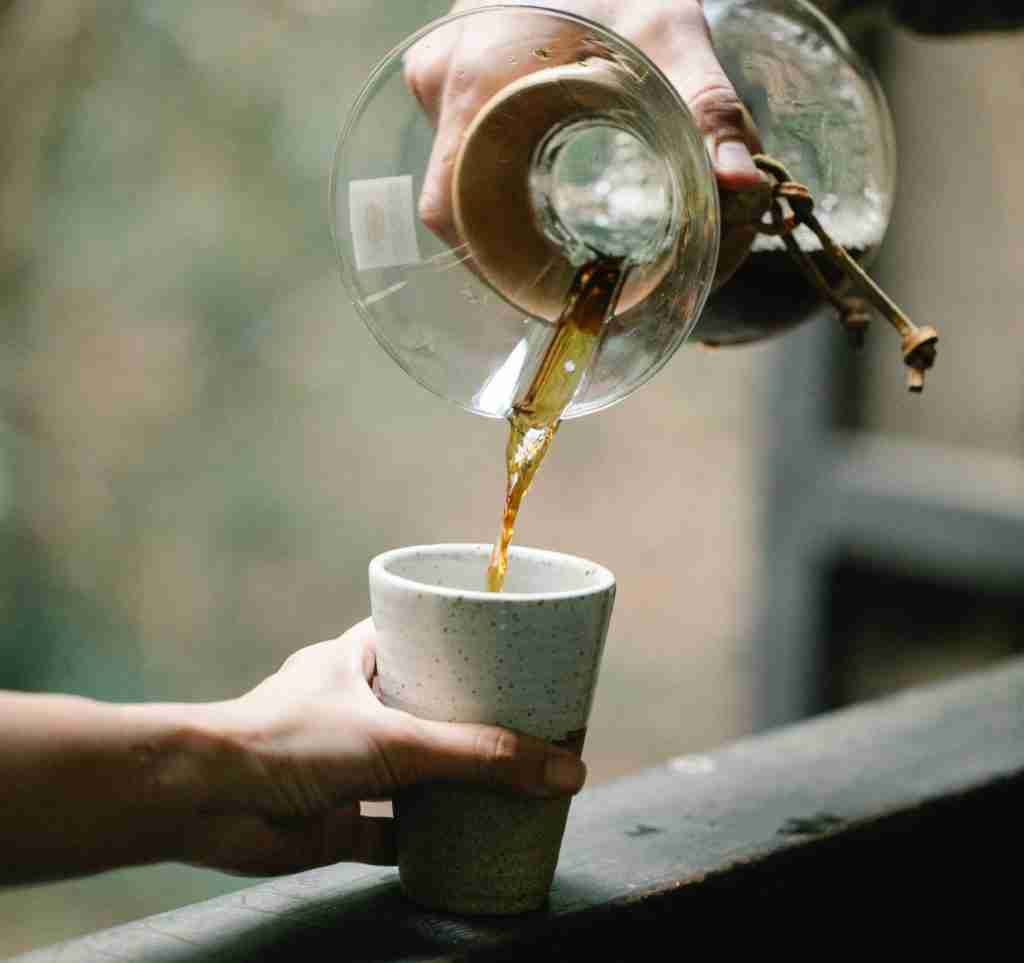
Honestly, I hate some room temperature coffees. Despite loving hot coffee and iced coffee there is something about room temperature coffee that makes it unpalatable to me.
There is something strange about that. A steaming hot cup of coffee tastes great and iced coffees are amazing too. But in between those two temperatures lies a bitter mess of a drink.
This curiosity about this phenomenon is why I did research about this question to find out why coffee is nasty cold, but good iced.
What I found out surprised me. There is actually a chemical reaction that happens as your coffee cools down that introduces unpleasant flavors into your coffee. This makes room temperature coffee tastes worse than its hot and iced counterparts.
Finally, I have some hard evidence and closure as to why I hate my coffee after it cools down to room temperature.
Read this article to find out why this happens!
Why coffee is served hot or iced, but not warm
When coffee is brewed hot it is intended to be consumed hot, just like how iced coffee is supposed to be consumed cold. But why is there such a large difference between a hot and iced coffee with room temperature coffee?

Even with no sugar added to the hot or iced coffee, I think they are leagues apart from room temperature coffee. Of course, the taste is subjective so you may like room temperature coffee, but not me.
My original thought for why coffee was served hot or iced is because when the coffee is iced it may get diluted by the water in the coffee and offset that bitter taste that happens to hot coffee that cools off.
However, this was proven wrong when I learned that coffee shops like Dunkin Donuts and Starbucks actually prepare coffee differently when making iced coffee.
This also is true for a cold brew which may have more caffeine and actually may be stronger than hot coffee.
Different preperations for hot and iced coffee
Most iced coffees are actually prepared stronger than regular coffee. This way when they are iced they will be diluted and winds up the proper strength for a good cup of coffee. If you dry plain coffee that was supposed to be iced you may find it to be overpoweringly strong and bitter.

At Dunkin Donuts it is stated that they used double the grounds for iced coffee and brew them twice. This makes 2 pots of stronger coffee that is then mixed together to serve the iced coffee.
At Starbucks, they used a special iced coffee blend that was separate from the coffee used for their regular coffee. These are preground beans that were different than the fresh ground beans that they used for drip coffee. I would assume these beans are stronger and after refrigerating would be used to make their iced coffee.
Iced coffee is also cooled down immediately after brewing unlike how room temperature coffee gets cooled down. Regular coffee may take up to 4 hours to be cooled down to room temperature. Throughout that time the oils and compounds in the coffee are slowly evaporated away and oxidized.
Because room temperature coffee used to be hot and at a high temperature, the compounds inside the coffee get oxidized quicker and make it taste “bad” faster. This is why if you have hot coffee inside an air-tight travel mug you’ll find that the coffee still tastes great after a few hours, even if it’s only warm and not hot.
The body’s perception to coffee temperature
Now we will dive into the more scientific reasons this shift in taste may happen.
The first thing we will dive into is the body’s sensitivity to temperature. Things will taste different to you based on the temperature. It is known that much of waste comes from the olfactory senses, which means you will have to smell what you are tasting to really enjoy it.
Hot coffee smells wonderful while brewing and a lot of this smell go into how you will taste the coffee. There are about 800 different compounds that are produced in the coffee bean while roasting and these are released while brewing and make up the smell we all know and love.

Hot coffee tastes good because the tongue and nose have an easy time detecting all the things we like in a coffee. Those nutty, sweet, caramel, fruity, and floral-like flavors in coffee overpower the bitter flavor that may be present in all coffees.
However, as the coffee cools down there is a lack of this smell that stimulates the nose. Without this smell, the coffee loses a lot of its great flavors. A lot of the chemicals in the coffee are also volatile compounds that were trapped within the bean during the roasting process.
After a while, these compounds escape and are oxidized and changed into acid and water or dissipated into the air. Which is what the next section is about.
With iced coffee, the opposite of hot coffee happens. Your tongue is no longer noticing a lot of the bitter flavors due to the cold temperature decreasing the amount of bitterness you may taste.
Cold temperatures dull your taste buds and as a result, makes extreme bitterness taste better. Iced coffee also usually has a lot of milk and sugar added, and when combined with the lack of bitterness produces a nutty and caramel flavored drink.
The chemical reactions in coffee as it cools down
Lastly, when coffee cools down there is an actual chemical reaction that goes on to destroy flavor and introduce more bitterness and acidity.
It really isn’t in your head! Room temperature coffee is definitely not as good as its hot or cold counterparts!
There are chemicals present in coffee called lactones, this gives coffee its signature bitter taste. As the coffee cools down there is a chemical reaction that breaks down lactones into carboxylic acids and chlorogenic acids.

This acid tastes extremely bitter and you’ve probably tasted it before if you’ve drunk room temperature coffee.
If you attempt to reheat a room temperature cup of coffee these acids don’t dissipate. This is why when you reheat a cup of coffee it doesn’t taste as good as a fresh cup. These acids linger and will not be broken down with additional heat.
When you pour hot coffee over ice, you speed up the cooling phase, and less carboxylic acid has time to form. And with cold brew coffee, this carboxylic acid doesn’t form at all because the coffee was never hot. This is why it may seem that cold brew coffee is less bitter when in fact it is stronger than traditional hot coffee.
Conclusion
Keep it in mind that not all coffee tastes bad at room temperature, only some. I’ve had some great room temperature coffees, but I’ve also had some terrible ones.
I think as the coffee cools down it makes it a lot easier to decipher a lot of the flavors that may have been hidden by the heat and the cold. There is a sweet spot between completely room temperature and warm that can really highlight the great flavors of a coffee.
Temperatures at either extreme can mask the bitterness or flavors of coffee. This is why coffee cupping and tasting does not happen hot or iced.
The moral of the story is bad coffee may be disgusting at room temperature but great and good coffee may be good at any temperature!
Bad coffee will taste worse as it cools and good coffee that is brewed correctly may have less of this unpleasantness that we taste.

